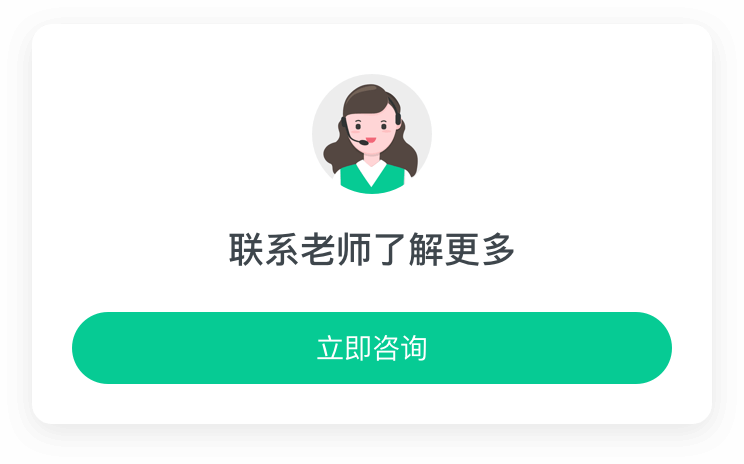1. 背景
在项目框架设计中,针对系统产生的日志,有线上查看日志的需求.日志文件本身很大.线上查看时,开发人员只想了解当前系统产生的错误信息.
2. POM 依赖
主要使用 ReversedLinesFileReader 实现到读日志文件,需要引入 commons-io 依赖,底层使用 RandomAccessFile 实现.
<dependency> <groupId>commons-io</groupId> <artifactId>commons-io</artifactId> <version>2.6</version> </dependency>
复制代码
3. 代码实现
先倒序读取每行数据,放入集合中.然后集合倒序,返回符合阅读习惯的文本日志.
public String readLastLines(String filePath, int lines) throws IOException { if(StringUtils.isBlank(filePath)|| lines<=0){ return ""; } List<String> lastLine = new ArrayList<String>(); ReversedLinesFileReader reader = null; try { reader = new ReversedLinesFileReader(filePath, StandardCharsets.UTF_8); String line = ""; while ((line = reader.readLine()) != null && lastLine.size() < lines) { lastLine.add(line); } Collections.reverse(lastLine); } catch (IOException e) { System.out.println("读取文件失败,公众号:小满小慢,小游戏:地心侠士"); } finally { if (reader != null) { try { reader.close(); } catch (IOException e) { System.out.println("关闭文件失败,,公众号:小满小慢,小游戏:地心侠士"); } } } return StringUtils.join(lastLine, "\r\n");}
复制代码
4. RandomAccessFile 基本使用
使用 RandomAccessFile 类,实现倒序读取内容
@Test public void testReadLogFile() { File logFile = new File("./logs/spring.log"); RandomAccessFile reader = null; try { reader = new RandomAccessFile(logFile, "r"); System.out.println(reader.readUTF()); reader.seek(logFile.length() - 1); byte c = -1; List<Byte> l = new ArrayList<Byte>(); do { c = reader.readByte(); if (c == '\r' || c == '\n') { byte[] bytes = new byte[l.size()]; for (int i = 0; i < l.size(); i++) { bytes[i] = l.get(i); } String line = new String(bytes, StandardCharsets.UTF_8); System.out.println("地心侠士:"+ line); l = new ArrayList<Byte>(); } } while (reader.getFilePointer() != logFile.length()); System.out.println("地心侠士:" +logFile.length()); } catch (IOException e) { e.printStackTrace(); } finally { if (reader != null) { try { reader.close(); } catch (IOException e) {
} } } }
复制代码
文章转载自:_herbert
原文链接:https://www.cnblogs.com/yfrs/p/18906865/java_read_last_line
体验地址:http://www.jnpfsoft.com/?from=001YH










评论